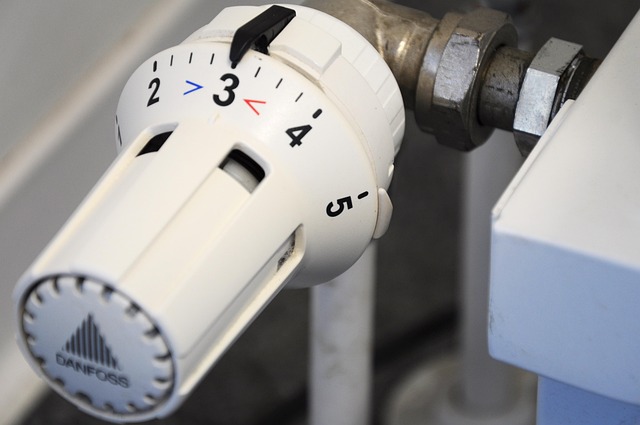Sensor and control faults: how to verify errors and plan replacements
Sensor and control faults can reduce heating performance and create safety risks if left unaddressed. This article explains practical steps to verify sensor and control errors, interpret diagnostics, and plan timely replacements for components in furnaces and boilers. Readers will learn inspection and calibration priorities that support safety and efficiency.

When sensor alerts or control errors appear on a furnace, boiler, or thermostat display, it’s important to confirm the underlying issue before replacing parts. Start by documenting the error codes and conditions under which they occur, and ensure basic maintenance items like filters and vents are in good condition. A structured verification approach reduces unnecessary part swaps, preserves system efficiency, and supports safety checks.
Thermostat and control checks
A responsive thermostat is the first line of communication with a heating system. Verify thermostat batteries, wiring connections, and program settings before interpreting system faults. Use simple diagnostics: set a temperature change and observe whether the furnace or boiler responds within a typical cycle. If the thermostat is communicating but the system ignores commands, the issue may lie in control boards, relays, or signal wiring. Keep thermostat firmware and settings documented to aid calibration and any future troubleshooting.
Diagnostics for sensors and controls
Modern heating systems generate diagnostics codes from sensors and control modules. Record codes and consult manufacturer documentation or a technician’s manual to interpret them. Confirm sensor voltages or resistance values with a multimeter where safe to do so, and compare readings to expected ranges. Intermittent faults often point to loose wiring, corrosion, or connector issues rather than immediate sensor failure. Diagnostics help distinguish between a failed sensor, a wiring fault, or a controller malfunction.
Inspection of combustion and venting
Combustion sensors, flame detectors, and pressure switches are critical for safe operation of gas or oil-fired boilers and furnaces. During inspection, check that venting is clear, flue paths are intact, and there are no signs of soot, carbon buildup, or corrosion. Poor venting can trigger safety interlocks and false fault reports. Confirm combustion air intake is unobstructed and combustion characteristics match specification; anomalies can indicate misadjusted burners or failing combustion sensors.
Filter, airflow and efficiency
Clogged filters and restricted airflow can cause sensors to report abnormal temperatures or pressure differentials. Regular inspection of filters, return grilles, and ductwork helps prevent false positives from temperature or pressure sensors. Measure airflow when possible and note unusual noise or cycling patterns. Restoring proper airflow often resolves efficiency drops and reduces stress on controls, extending component life and lowering fuel consumption.
Calibration and safety verification
Calibration aligns sensor readings with actual system conditions and is central for accurate diagnostics. Periodically calibrate temperature sensors, pressure switches, and any analog controls per manufacturer instructions. Perform safety verifications after any sensor replacement: confirm combustion safety interlocks, thermostat control ranges, and shutdown responses operate as intended. Keep calibration records and inspection checklists to demonstrate that safety and efficiency standards were met during maintenance.
Planning replacements and parts
When verification indicates a component truly needs replacement, plan with diagnostics in hand. Choose replacement parts that match manufacturer specifications for the furnace, boiler, or control system to maintain compatibility. Consider lead times for specific control boards or OEM sensors and identify local services in your area for installation if you lack the required expertise. Retain old sensors and connectors for reference, and document part numbers, calibration settings, and test readings after installation for future troubleshooting.
In sum, a methodical approach—logging error conditions, performing targeted diagnostics, inspecting combustion and venting, and confirming airflow and filter condition—reduces unnecessary replacements and supports system safety and efficiency. Calibration and careful planning when a part must be changed will help maintain reliable operation of furnaces, boilers, and associated control systems.






